Long-distance high-speed rail travel has become a preferred mode of transportation for many, offering comfort and efficiency. However, sitting for extended periods can lead to an often-overlooked issue: edema, or swelling in the legs and feet. This condition arises when fluid pools in the lower extremities due to prolonged inactivity. While it is usually temporary, it can cause discomfort and, in rare cases, more serious complications. Understanding how to prevent edema during high-speed rail journeys is essential for maintaining comfort and health.
The human body is designed for movement. When we sit for hours, the lack of muscle activity slows down blood circulation, particularly in the legs. Gravity further exacerbates the problem, causing fluid to accumulate in the lower limbs. This is why many travelers notice their feet or ankles swelling after a long train ride. The good news is that with a few proactive measures, this issue can be effectively managed.
Staying hydrated is one of the simplest yet most overlooked strategies. Many people avoid drinking water to minimize trips to the restroom, but dehydration can actually worsen edema. When the body lacks sufficient fluids, it retains water, leading to swelling. Drinking water regularly helps maintain proper circulation and encourages the body to release excess fluids. Herbal teas or electrolyte-infused beverages can also be beneficial, but it’s best to avoid excessive caffeine or alcohol, as these can contribute to dehydration.
Movement is key to preventing fluid buildup. Even in the confined space of a train seat, small actions can make a big difference. Flexing the ankles, rotating the feet, or lifting the knees periodically can stimulate blood flow. Standing up and walking down the aisle every hour or so is even better. These movements help the muscles pump blood back toward the heart, reducing the likelihood of swelling. Some travelers find compression socks particularly helpful, as they apply gentle pressure to the legs, promoting circulation.
Another factor to consider is posture. Slouching or crossing the legs for long periods can impede blood flow. Sitting with the feet flat on the floor and the knees at a right angle is ideal. If possible, elevating the feet slightly—using a footrest or even a small bag—can also help. Loose, comfortable clothing is advisable, as tight garments may restrict circulation and exacerbate swelling.
Diet plays a subtle but significant role in managing edema. Salty foods can cause the body to retain water, so opting for lighter meals with less sodium is wise. Fresh fruits and vegetables, which are naturally high in water content and potassium, can help balance fluids in the body. A light snack like a banana or some nuts is a better choice than processed train snacks that are often high in salt.
For those prone to swelling, pre-travel preparation can make a noticeable difference. Wearing compression garments before boarding the train may help, as can light stretching or a short walk prior to departure. Some travelers also benefit from herbal supplements like horse chestnut or dandelion root, which are traditionally used to support circulation. However, it’s always best to consult a healthcare provider before trying new supplements, especially for individuals with existing medical conditions.
Environmental factors on the train can also influence edema risk. Air pressure and humidity levels in high-speed rail cabins are generally well-regulated, but dry air can contribute to dehydration. Using a moisturizer and staying hydrated can counteract this. Additionally, adjusting the air vent to ensure comfortable temperatures helps the body maintain optimal circulation.
While edema during high-speed rail travel is usually harmless, persistent or severe swelling should not be ignored. In rare cases, it could signal a deeper issue like deep vein thrombosis (DVT), a more serious condition where blood clots form in the veins. Symptoms like pain, redness, or warmth in the legs warrant immediate medical attention. Most travelers, however, will find that simple preventative measures keep swelling at bay.
Ultimately, the goal is to make long train journeys as comfortable as possible. By staying mindful of hydration, movement, posture, and diet, passengers can minimize the risk of edema and arrive at their destination feeling refreshed. High-speed rail travel doesn’t have to come with discomfort—small adjustments can ensure a smooth and pleasant ride.

By /Aug 7, 2025
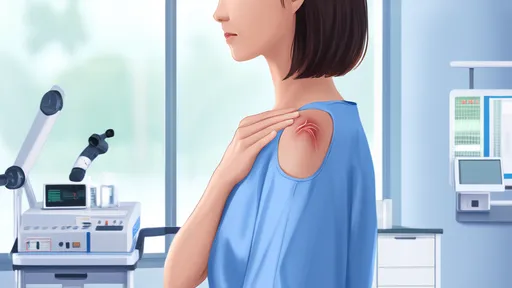
By /Aug 6, 2025
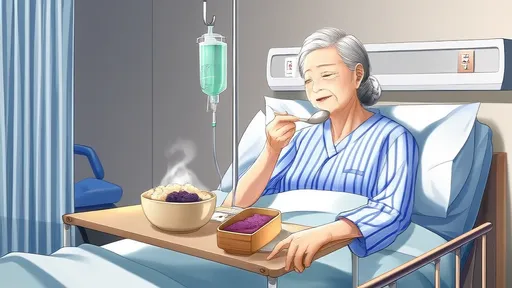
By /Aug 6, 2025
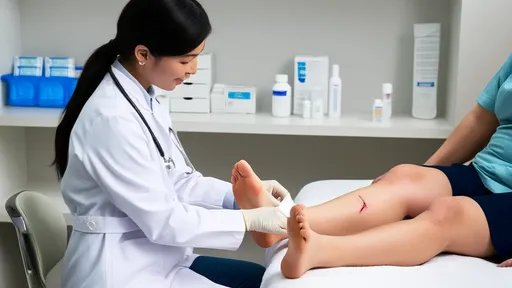
By /Aug 6, 2025

By /Aug 6, 2025

By /Aug 6, 2025

By /Aug 6, 2025

By /Aug 6, 2025

By /Aug 6, 2025

By /Aug 6, 2025

By /Aug 6, 2025

By /Aug 6, 2025
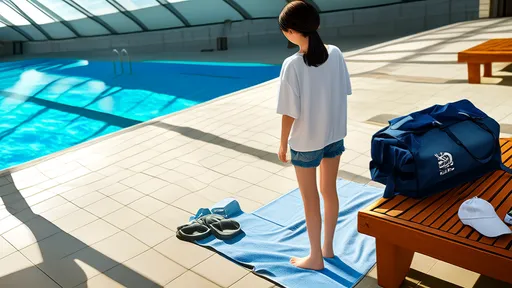
By /Aug 6, 2025
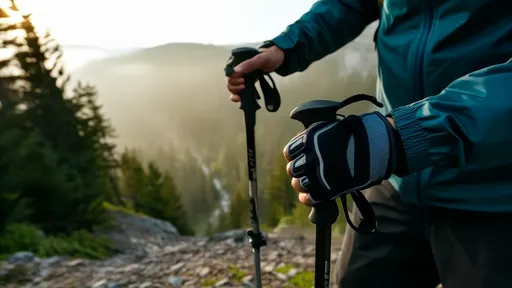
By /Aug 6, 2025

By /Aug 6, 2025

By /Aug 6, 2025

By /Aug 6, 2025

By /Aug 6, 2025

By /Aug 6, 2025

By /Aug 6, 2025